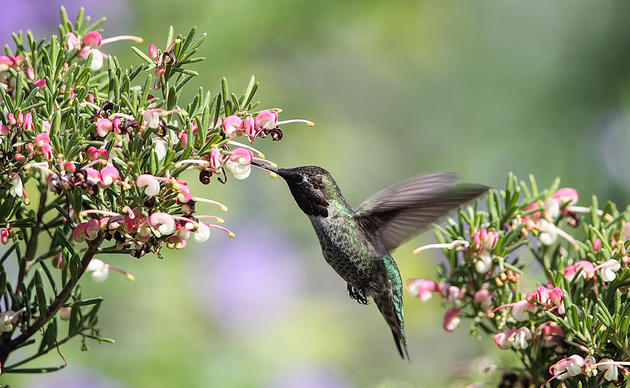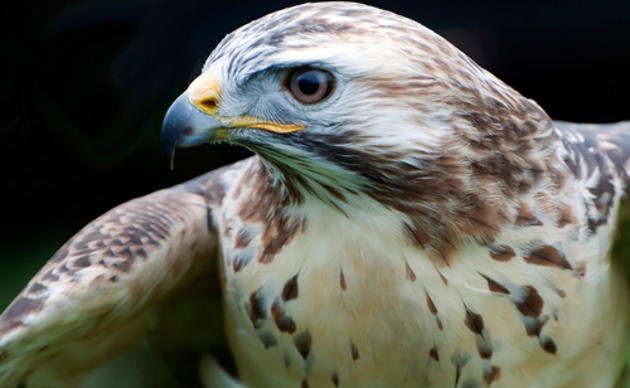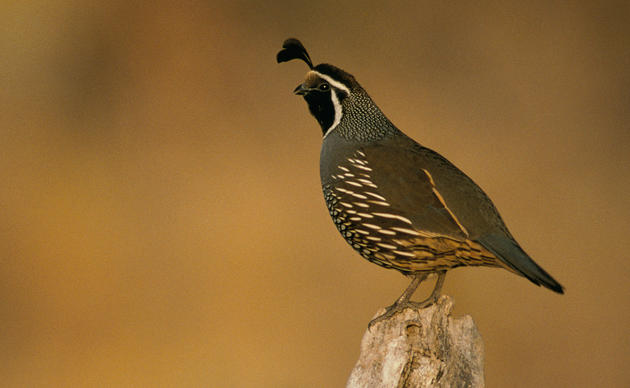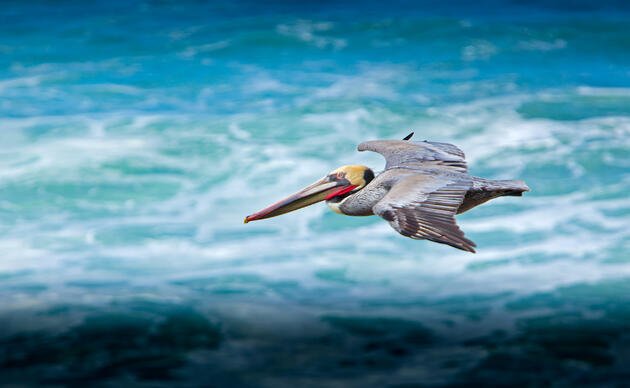Right now, we have a chance to influence a historic, one-time opportunity to protect seabirds in California. As you read this, a small group of coastal stakeholders from the Oregon border to Point Arena are hammering out a network of marine protected areas through the California Marine Life Protection Act. They’ve recently released their latest set of proposals, and are seeking public input. Before July 14, let officials know that insist on a strong network of marine protected areas and special closures to sustain seabirds and other marine life and seabirds. Go to the state MLPA website, scroll to the comment section, and follow instructions. You may leave general comments or comments on each specific proposed marine protected area or special closure.
Audubon California supports of all the special closure candidates, and the strongest possible set of marine protected areas, as defined by the state-adopted science guidelines. When the final proposals are presented to the State Fish and Game Commission this fall, we will call upon our membership to support the strongest protections.
The small Stakeholder Group currently devising the protected areas was selected by the state through a public nomination process and is comprised of fishermen, conservationists, resource managers, and local business leaders. Audubon California nominee Dave Jensen, president of Mendocino Coast Audubon and a former commercial fisherman, was appointed to the group and has been an important and effective voice for seabirds and the whole marine ecosystem.
By this fall, the group will submit to the state a "compromise" or "preferred" alternative that is supposed to meet state-mandated science guidelines for ecosystem protection, while taking into account the needs of the North Coast fishing industry. This is no easy task – as in other parts of the state, the process is fraught with disagreement over access to commercial and recreational fishing, and tribal use areas. The current round of proposed arrays was reached by hard-fought consensus and is far from ideal in terms of meeting science guidelines. The final set of arrays will only be as strong as the voices from concerned public citizens.
What is at stake in the North Coast is the future of coastal marine life. Worldwide, marine reserves are increasingly recognized as the key to rebuilding and sustaining many types of marine life. In the North Coast, important depleted species include edible algae, abalone, dungeness crab, smelt and dozens of species of rockfish. Smelt and rockfish are important food resources for the hundreds of thousands of seabirds that breed on the rocks and islets of the North Coast, such as Common Murre, Brandt's Cormorant, Fork-tailed Storm Petrel and many others. Overall, the region hosts 13 species and 40 percent of California's roughly 2 million breeding seabirds.
The new marine reserves, with the potential to protect 5 percent to 10 percent of the North Coast's rocky reefs, estuaries and other habitats from any type of fishing or other extractive use, will allow many species of resident rockfish – which move little in their lifetimes – to reach their full lifespans of between 30-100 years and contribute significantly to rebuilding this keystone group of species. This will build food stocks for locally breeding seabirds at Castle Rock National Wildlife Refuge, Trinidad Rocks and other seabird colonies in the area, helping them successfully rear young in the spring and summer breeding season - forever. Securing these food resources will go far toward helping our seabirds cope with the effects of impending climate change on the oceans, which has already been strongly detected on the coast of California.
Additionally, a number of proposed special closures would protect seabirds from disturbance from boats and foot traffic. Many seabirds, evolutionarily adapted to islands free of predators or large animals, are very sensitive to disturbance and will abandon their egg or chick after one incident. A sub-group comprosed of fishermen and conservationists (including Mendocino Audubon and Audubon California) developed a list of sites by consensus.
By Garrison Frost
Monthly Giving
Our monthly giving program offers the peace of mind that you’re doing your part every day.




